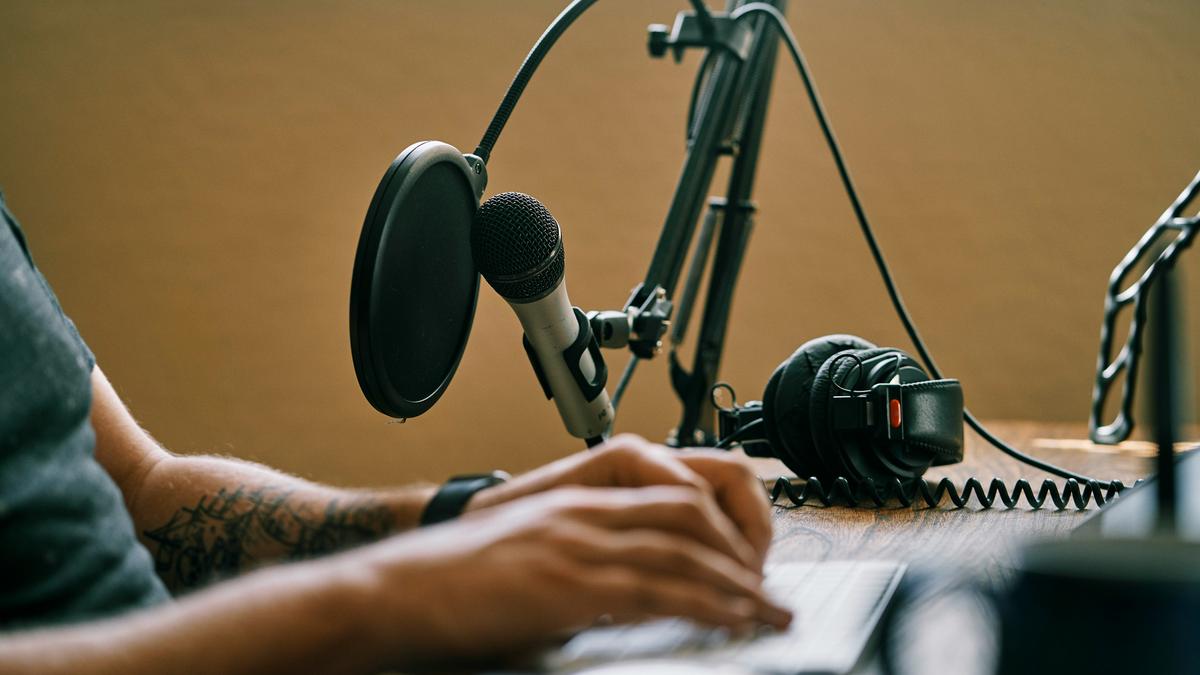
The rise of podcasts
The Hindu
Podcasts have become our best friends, especially during the Covid-19 pandemic. Whether you are cooking, sketching or going on an evening walk, there is a show that matches your mood. From horror tales to informative conversations to just two friends talking about anything & everything relatable, podcasts have become a part of our lives unknowingly. Over the years, more voices have joined this audio landscape and filled it with stories that resonate with our lives. Podcasts serve as a reminder that everyone has a story worth telling and listening to!
Multi-tasking has been made easier and more exciting ever since the arrival of podcasts. Podcasts are the new best friend of everyone, adults and teenagers alike. In the daily hustle of modern life, finding a moment of joy and peace is a challenge. Amidst this chaos, we have found our friend in podcasts. It offers a world of stories and conversations that feel immensely relatable to people across the world and it has revolutionised the audio industry and captured the attention of everyone.
This versatile audio story format has transformed everything from entertainment to education. But how did podcasts get here? It all started when two friends — a video jockey and a software developer — wanted to download the online radio shows to an iPod. Adam Curry (former MTV VJ) and Dave Winer (software developer) extracted audio files with the help of RSS and a program namely ‘iPodder’ invented by Curry, and transferred them to an iPod. This is how they could listen to the radio shows whenever they wanted and on their iPods.
Back then it was best described as ‘on-demand radio’ — an audio show platform with several episodes that listeners could download online and listen to whenever. In an article in The Guardian written by Ben Hammersley, broadcaster and systems developer, the moniker ‘podcast’ was first used to describe this audio storytelling format. The name is derived from two words ‘iPod’ + ‘broadcast’ and that is how we know it today! This format began gaining recognition in the West, particularly when Apple integrated podcast tech support into iTunes in the year 2005.
The popularity of podcasts took after 2014 when a new format of narrative podcasts began, especially true crime shows. An increase in interest in this audio storytelling format led to the higher production of podcasts worldwide. Instead of waiting weekly to listen to their favourite shows on the radio, people started enjoying this new technology of tuning into their favourite shows whenever.
Instead of radio, people are now switching to apps like Apple podcasts and Spotify to listen to their favourite shows. Today, podcasts have gained and evolved into a highly diversified medium with podcast hosts adding videos to their audio-only shows as well. The podcasting landscape took time to catch up in India. In the year 2015, platforms like Saavn (now JioSaavn) and Gaana started several audio content specifically podcasts. With the arrival of international platforms like Spotify, Indians’ accessibility to podcasts has increased vastly. Listeners could also explore various shows in several languages and genres.
Podcasts offer a great blend of entertainment, education and connection and have transformed how we consume stories. India is the third-largest country, after the U.S.A. & China, with over 56 million monthly podcast listeners, according to PwC’s Global Entertainment & Media Outlook 2020–24 report. As the number of listeners in India is predicted to skyrocket, the research named the country “the sleeping giant of the global podcast market.” If you are a podcast veteran or a newbie, there is never been a better time to dive into the diverse world of audio storytelling.
With each passing day, our attention span has become only shorter and podcasts as a medium offer convenience and authentic stories that blend perfectly with today’s fast-paced world. The rise in popularity of podcasts across the world is attributed to the following factors:











